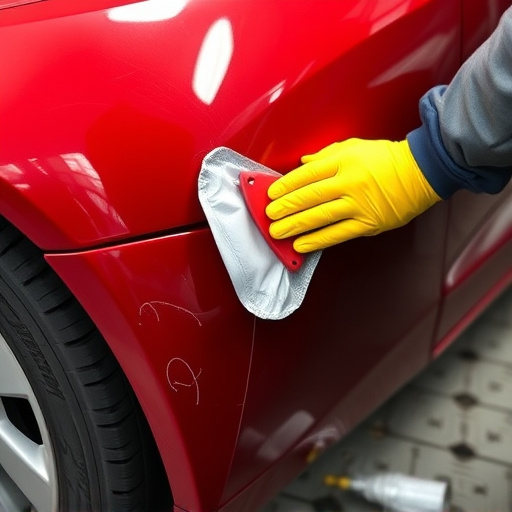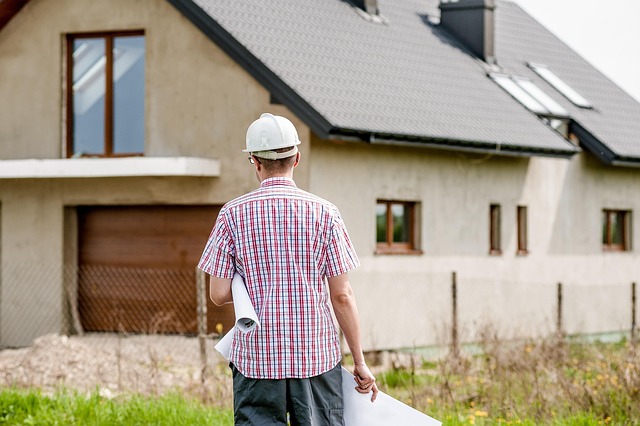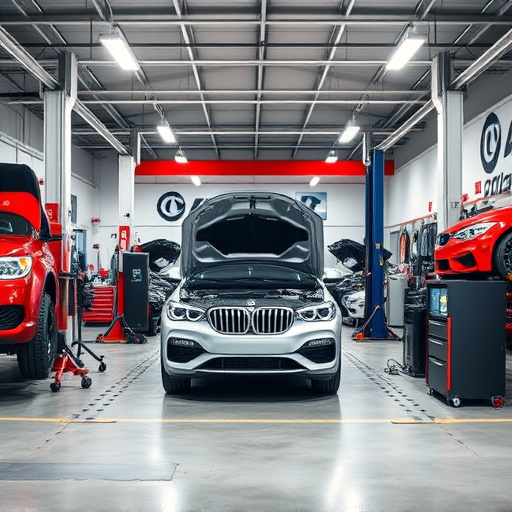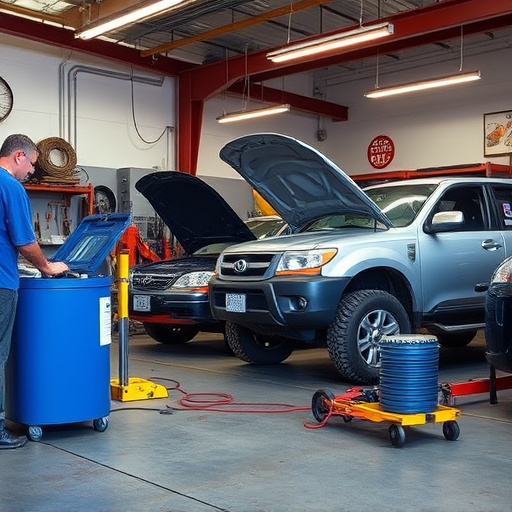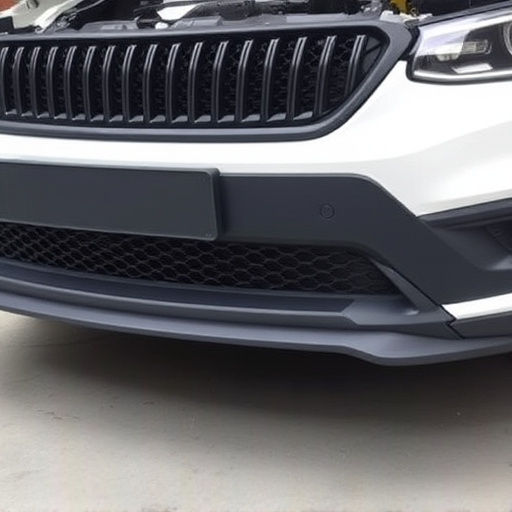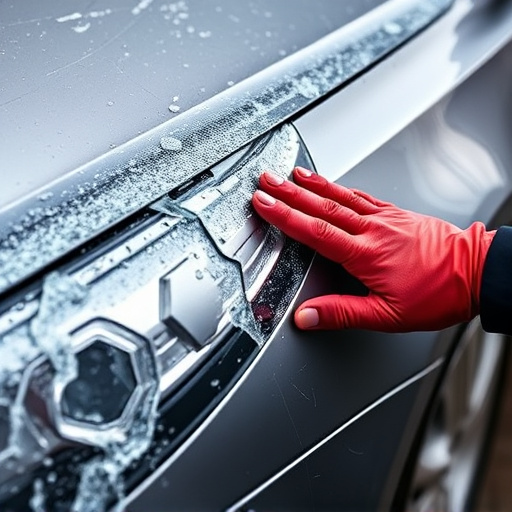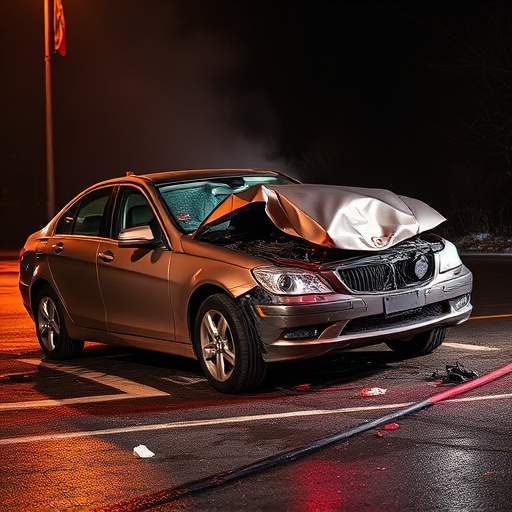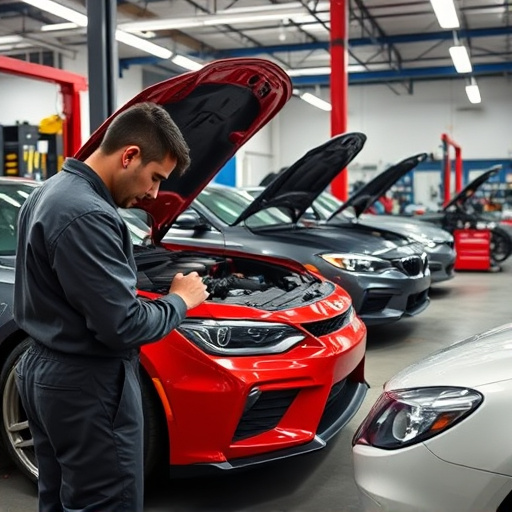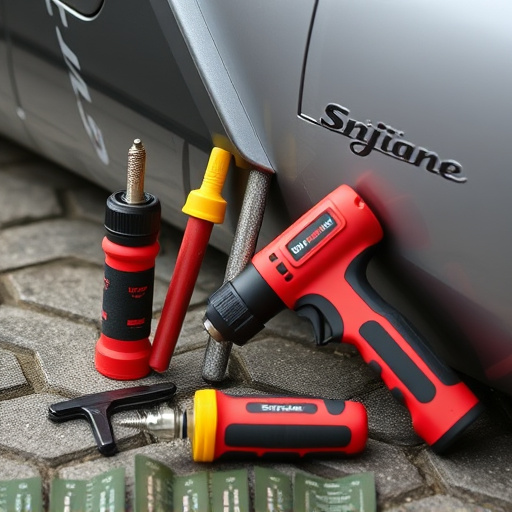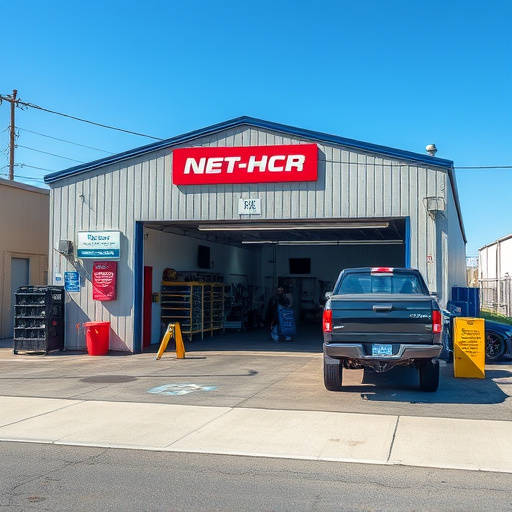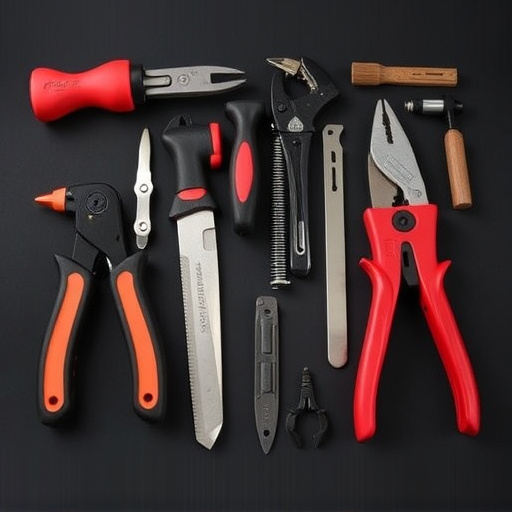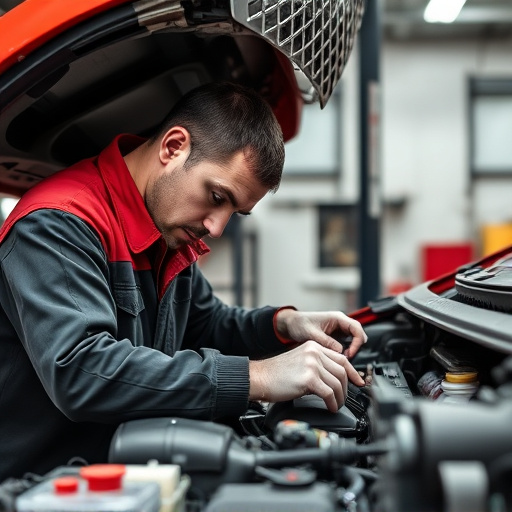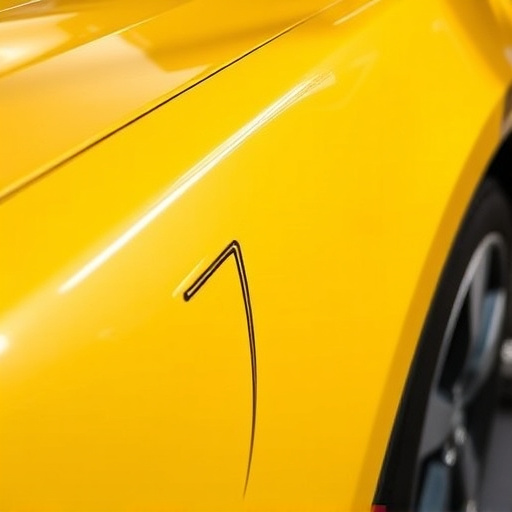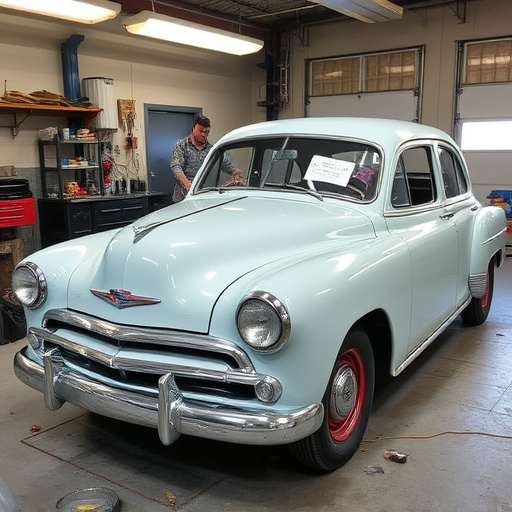Structural integrity restoration is a meticulous process revitalizing structures and vehicles to their original strength and stability. It involves assessing and repairing defects in materials like metal, wood, or concrete, focusing on both structural integrity and aesthetic appeal. Modern techniques, such as CNC machines, 3D laser scanners, CAD, and robotic welding, transform the industry by offering unparalleled accuracy, efficiency, and quality in repairs compared to traditional methods, benefiting businesses and consumers through time and cost savings.
Frame straightening is a critical aspect of structural integrity restoration, ensuring buildings maintain their strength and stability. This article delves into the art and science behind restoring damaged structures, focusing on frame straightening techniques. We’ll explore fundamental concepts, contrasting traditional with modern methods, and highlighting advanced strategies for optimal results. By understanding these approaches, professionals can navigate complex restorations, preserving architectural integrity.
- Understanding Structural Integrity Restoration Basics
- Traditional vs Modern Frame Straightening Methods
- Advanced Techniques for Optimal Results
Understanding Structural Integrity Restoration Basics
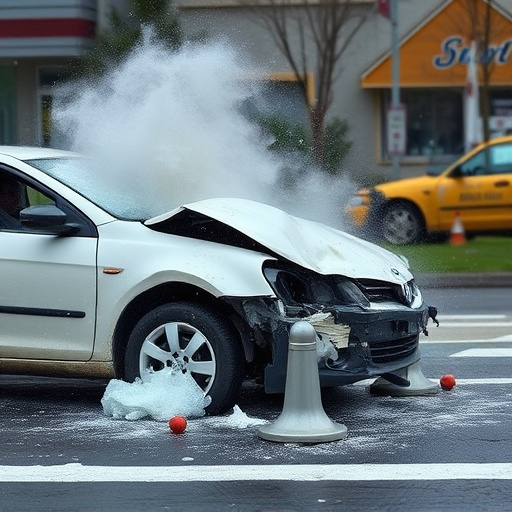
Structural integrity restoration is a meticulous process that focuses on rejuvenating structures to their original strength and stability. It involves evaluating and addressing defects or damage in various materials, such as metal, wood, or concrete, to ensure the longevity and safety of the restored object. This technique is not just limited to buildings; it plays a significant role in automotive body work and vehicle bodywork restoration, where skilled technicians meticulously repair and straighten car bodies to their pre-incident condition.
In the realm of structural integrity restoration, understanding the underlying causes of damage and implementing appropriate solutions are key. It requires professionals to analyze the extent of deformation or warping, employ suitable frame straightening techniques, and use specialized tools to realign components accurately. The goal is not just cosmetic repair but to ensure the structural integrity of the vehicle or structure, making it safe for continued use while maintaining its original aesthetic appeal in the case of car body restoration.
Traditional vs Modern Frame Straightening Methods
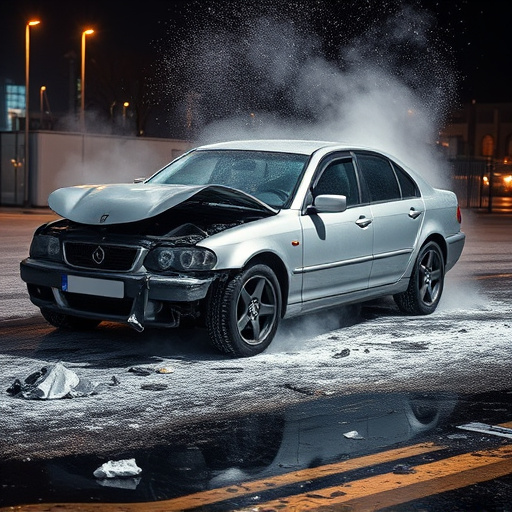
In the realm of structural integrity restoration, frame straightening has evolved significantly from its traditional methods to embrace modern innovations. The transition reflects the broader automotive industry trend toward precision engineering and advanced technology. Traditional techniques often relied on manual labor and rudimentary tools, leading to potential inaccuracies and time-consuming processes. In contrast, modern frame straightening methods leverage sophisticated equipment like computer numerical control (CNC) machines and 3D laser scanners. These technologies enable more precise measurements and adjustments, ensuring the structural integrity of vehicles post-restoration, particularly in cases of collision damage repair or luxury vehicle repair.
The shift to modern practices offers several advantages over traditional ones, especially in terms of efficiency and accuracy. For example, CNC machines can precisely manipulate metal with minimal human intervention, reducing the risk of errors that can occur during manual straightening. This advancement is particularly valuable in car paint repair, where achieving a seamless finish requires meticulous alignment of the vehicle’s frame. Modern methods also streamline the overall restoration process, allowing technicians to work more quickly and effectively, ultimately saving time and resources for both businesses and consumers seeking structural integrity restoration services.
Advanced Techniques for Optimal Results
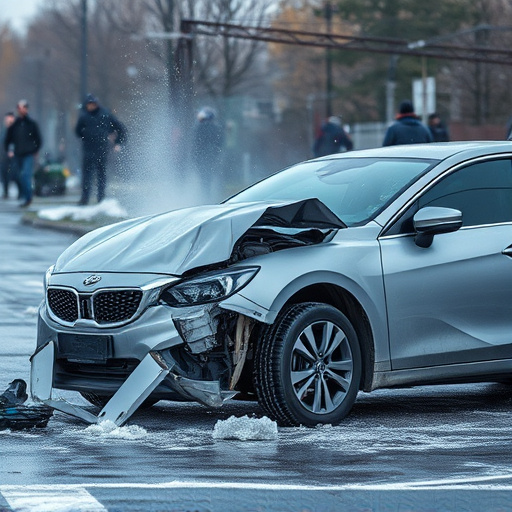
In the realm of structural integrity restoration, advanced techniques play a pivotal role in achieving optimal results. These cutting-edge methods go beyond conventional practices, employing innovative tools and strategies to ensure every angle of a structure’s integrity is addressed. By integrating the latest technology, such as computer-aided design (CAD) and 3D scanning, restorers can accurately assess and precisely manipulate frames, restoring them to their original state with meticulous care.
For instance, in car bodywork services and vehicle restoration, advanced techniques like laser alignment and robotic welding have revolutionized repair processes. These methods not only enhance accuracy but also expedite turnaround times while maintaining the highest standards of quality. Similarly, specialized coatings and sealing agents are utilized to safeguard against future damage, ensuring that restored structures, be it cars or buildings, remain robust and protected for years to come, thus underscoring the commitment to structural integrity restoration.
Frame straightening techniques have evolved significantly in the field of structural integrity restoration, moving from traditional methods to advanced, modern approaches. By understanding the basics and comparing traditional vs. modern techniques, restorers can make informed decisions to achieve optimal results. Embracing these advancements ensures the highest standards of structural integrity are met, preserving historical significance while enhancing safety and durability. This comprehensive guide highlights the importance of choosing the right method for each restoration project.
